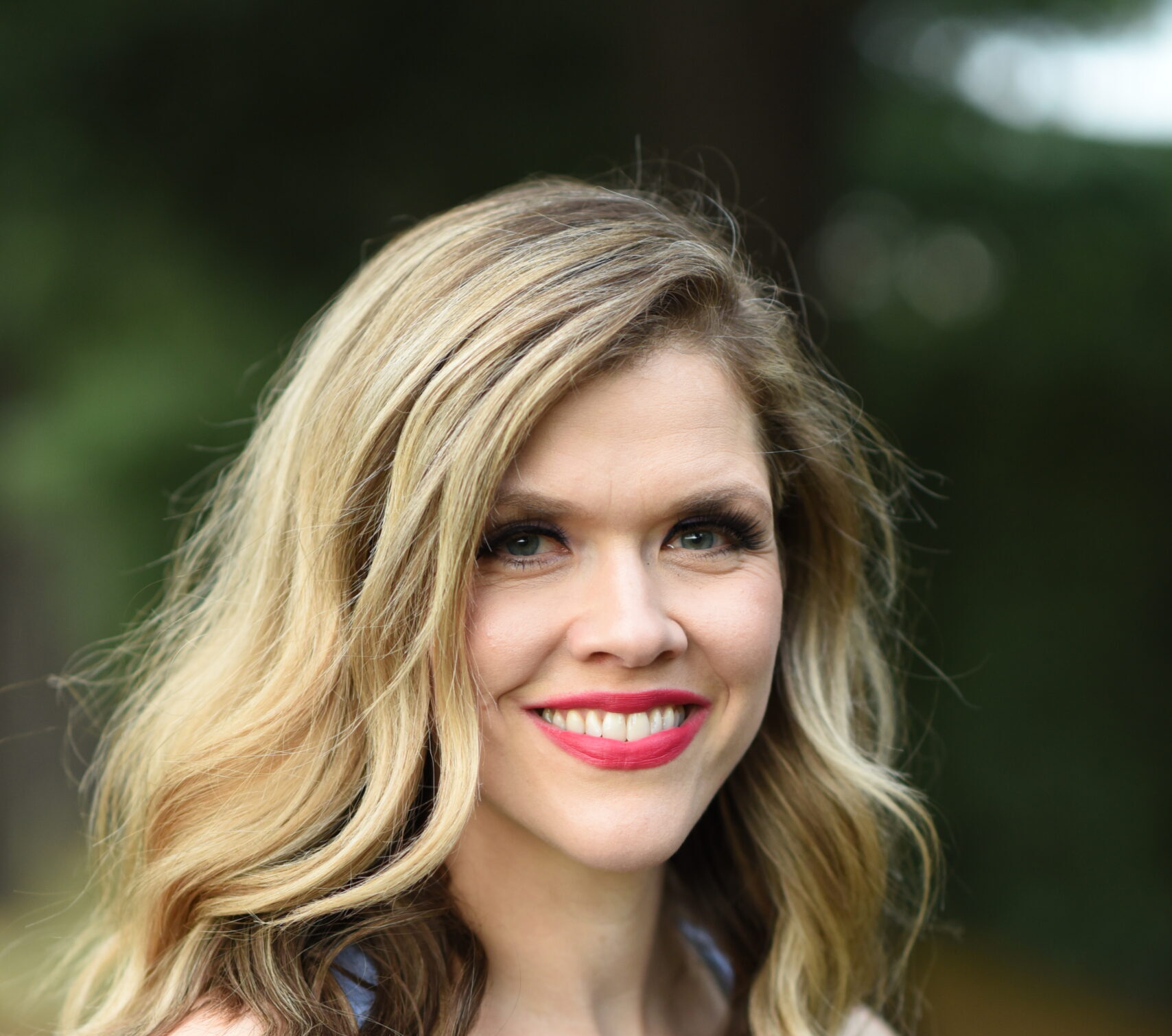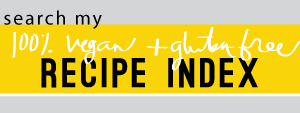A hearty taco soup recipe coming up…
But first.
The following comment, which I wanted to respond to, was posted in response to my previous post:
I have been following your blog for quite some time while contemplating the food choices in my own life. I know I feel better on a gluten- and dairy-free diet, and I really don’t have much of a taste for meat…but I find I can’t quite figure out how to do the vegan thing yet. And so I eat the typical American diet and feel gross most of the time. I am gaining weight, I have migraines, I feel bloated and tired most of the time… I really want a change, but I don’t want to do another eating “program.” I want to eat well and enjoy it, and have it represent who I am.
My biggest concern about going vegan remains these deficiencies you talk about here – especially protein – which I realize is probably unfounded…but I can’t quite shake it.
Do you have any recommendations for a person like me? Should I try to track my nutrition to ease my fears? Should I ease into a vegan diet by eating vegan several meals a week or gradually cutting out dairy, red meat, etc? I find myself stuck in the place of “I don’t know what to do!” while my body, meanwhile, is crying out for a change!
Dear blog reader,
You are not alone! So many of us go day after day feeling like trash, not knowing that something must change, but not knowing exactly what to do.
I don’t have all the answers. But I can tell you what I’ve learned and give you some thoughts on my perspective, which I hope may be of some use to you.
First, there’s nothing wrong with gluten or wheat, per se. They’ve sustained populations for centuries and served as a staple in many cultures, although there are also many cultures that use little or no wheat or gluten in their diets (traditional South American, Asian cuisine, for example).
Some people do not tolerate wheat and/or gluten–this can range from a slight allergy (can eat it, but feel better without it in their diets) to full blown Celiac disease, which is very real and can cause some nasty symptoms to arise if ignored. The majority of most populations do not have a problem with either. If you feel better on a gluten-free diet, then you need to listen to your body and go for it. If you think it may be Celiac, you can be tested for this.
Eating gluten-free really is not as difficult as it seems at first, especially when you realize that awareness and diagnosis of the disease and intolerances/allergies to wheat have made businesses perk up, and most restaurants and grocery stores cater to a gluten-free or wheat-free diet, offering lines of gluten-free options and products.
Another thing is that it is very easy to eat gluten-free if you are preparing your own foods and eating whole foods. Many people think all grains contain gluten. Oats can be purchased gluten-free. Rice, in all its varieties, quinoa, potatoes (golden, baking, red, ect.), squashes, yams and sweet potatoes, millet, amaranth, buckwheat. The list goes on of starches that are gluten-free. We’ve made wheat the starch of choice because it is extremely versatile and deeply embedded in the Western/European culture, but it is by no means the only grain out there. Jeff Novick, a vegan R.D., offers some excellent recipes, all of which are easy, gluten-free, and vegan.
Same goes for dairy. If you feel better without it, don’t eat it! Westerners seem to think that humans cannot exist without the help of a dairy cow. Let’s take a trip to Asia or Africa, and we shall see that life does in fact continue to go on, even in populations where milk drinking and cheese eating is non-existent. There are so many dairy-free products–milk, cheese, ice cream, and butter spreads are all available dairy-free. My favorite milk is almond. Follow Your Heart cheese is a good tasting vegan cheese (although I’m not big on cheese, although I like to make my own cashew cheeses for nachos or pizza). I recommend Dairy Free & Delicious for delicious dairy-free, vegan dishes. This cookbook shows you how to make any dairy food, dairy free. Recipes for non-dairy cheese, evaporated milk, creamer, yogurt, cheese cake, whipped cream, ect. It’s all there, and they are all very good. I found though, since eliminating dairy that I don’t need the dairy substitutes. Oh yes, it’s nice to have ice cream with my pie or nacho cheese on my nachos, but these are foods I don’t eat every day. I usually have plant milk every day and sometimes I’ll have soy yogurt, other than that, I’m not in dire need of cream cheese or whipped cream on a daily basis.
As far as weight gain, you mentioned you’ve been gaining weight. Weight gain is caused by taking in excess calories. It’s fairly simple math. We take in more calories than we burn, and we store those calories as fat. Whole plant foods are excellent for weight management since they are 1) nutrient dense 2) fiber-rich (which fills you up on less calories) 3) have a high content of water (which combined with the fiber, and put in a perfect plant package, helps to fill you up, again on less calories). Animal foods and refined foods have more calories by weight and volume, contain no fiber, and are typically not nutrient rich. Thus, if your diet is based on these foods, it’s easy to over consume calories. Weight gain becomes easy, losing weight difficult. If you’re also feeling tired, a crappy diet can do this to you, but in combination with the weight gain, you might consider getting your thyroid checked. This is a simple test, and if you do in fact have problems with your thyroid, your metabolism will take a hit. Fortunately, a good doctor can help you figure out if you do have a problem and if so, can prescribe medication that will help.
As far as taking the leap to complete vegan, well that’s a hefty decision, I know. Due to the culture we live in, we are very much surrounded in a non-vegan world, and many people aren’t willing to be different. There’s nothing wrong with this, necessarily, but I know for me, when I know I should do something, I just have to do it. Call it conscience or whatever you will, I have to listen and act.
The decision to be vegetarian or vegan is a decision that must be based after carefully assessing your traditions, values, and what you really want in life. For me, I wanted health. Initially I didn’t set out to be vegan. I just knew I felt so much better after I got the dairy out of my diet, reduced refined foods, and began eating whole, plant based meals. I didn’t miss the meat and figured, if there ever came a point when I felt like I “needed” meat, I would eat it. Otherwise, I’m in a better place without it. And thanks to year round produce, eating a varied plant based diet that meets all of my nutritional needs is not an issue.
Very important note here. This is not to say one cannot be healthy eating an omnivorous diet. If you are going to eat meat, a great approach would be to stick with mostly or all organic meat eaten in small portions, 1-3 times a week. Whole starches, legumes, vegetables, fruits, nuts and seeds should make up most of any one’s diet, vegan/vegetarian or not.
Don’t stress out about labels (Am I vegan? Should I call my self vegetarian?). Just move towards a plant-based or vegan diet at the pace that is right for you. Only you know what that is. For some, deciding to start out with 2 vegan meals a day is a good place to begin. Others find that a more gradual approach, such as 2 or 3 vegan meals a week is more realistic.
Since dairy and gluten don’t seem to sit will with you, I recommend completely eliminating them. No use continuing to consume food that makes you sick. As for meat, don’t stress too much about it. You may want to try to make most or all of your meals plant-based or animal free, and then add meat as a side dish or condiment. If you are not ready or willing to cut the animals out of your diet, don’t push it. For some people, it may never be right for them to fully commit to being vegan, for others, they just “know” because it feels right and aligns with their lifestyle, beliefs, and outlook on life. Vegan or not, you can still transform your health by sticking with plant-based principles.
Regarding protein. Jack Norris, R.D., recently updated a very informative article about vegan protein needs. While it’s not rocket science, vegans do need to use some common sense and have a basic understanding of how to meet nutritional needs. One interesting point he brings up is that lysine, an essential amino acid, is only found in certain plant foods and must be consumed on a daily basis in order to meet protein needs. Read his post for more info, it’s a good one. Also, tracking your protein intake, or better yet, your overall nutrient intake over a period of time (while eating vegan AND while eating meat), will help you to know if you are where you should be in terms of meeting your needs and then making adjustments accordingly.
I wish you the best of luck in your journey towards better health and happiness. I know you’ll get it figured out. It may take some time so be patient, and open, willing to make the changes you know you need to make.
In the meantime, here’s a recipe for you and all the other readers of this blog.
Go whip yourself up some hearty taco soup and let your worries melt away (cause you’re getting your protein, that’s for sure!).
Hearty Taco Soup
It seems like taco soup, at least in my culture (the Mormon one, that is) is a big hit and everyone has their favorite recipe. Unfortunately, it usually includes a lot of animal, so to that I say politely, “no thank you.”
Here’s my version, animal-free and tasty (if I do say so myself). I made it for dinner last night, and hoped to eat it for lunch today, but my husband must have taken the leftovers because it was nowhere to be found in the fridge today when I went hunting for it for lunch. Since it’s so EASY to make, I made another batch. Seriously, takes less than 15 minutes.
I don’t have many fond childhood attachments to meat dishes. Even though we weren’t vegetarian, my mom never made a big to-do about meat in our meals. The one thing I did enjoy though, were my moms soups. She always threw in a pound or so of ground beef which added a lot of texture, making the soup hearty. While I don’t miss the meat, I did like the texture it provided, which thanks to TVP, can be achieved in this vegan soup. If you don’t eat soy you can easily replace with same amount of mushrooms (cut up in small chunks) or yellow squash (also cut up in small chunks). The secret ingredient is the Mexican tomato sauce, which gives the soup a little kick, so if you can get your hands on this stuff, make sure to put it in. It gives it just a little spice, without irritating the taste buds. My kids never mentioned anything about it being spicy or too hot, so this should be safe for most children.
- 4 cups water
- 1 1/2 cups TVP (textured vegetable protein) OR mushrooms/yellow squash (cut up into chunks)
- 2 c. frozen organic sweet corn
- 1, 16 oz. can pinto beans, drained & rinsed OR 1 1/2 c. cooked pinto beans
- 1, 16 oz. can red kidney beans, drained & rinsed OR 1 1/2 c. cooked kidney beans
- 2, 16 oz. cans organic diced tomatoes
- 1, 7.75 oz. tomato sauce, Mexican hot style (I used El Pato brand in the yellow can)
- 1, small can chopped green chilies
- 4 TBS. MSG-free taco seasoning of choice
- 1 tsp. the ZIP seasoning (The Spice Hunter is the brand of this seasoning)
- 2 TBS. dairy-free ranch salad dressing mix (I make mine from scratch using an excellent recipe for the Seven Secrets cookbook, a must-have cookbook!)
In a large pot, bring water to a boil. Add TVP (if using mushrooms or squash, saute in a small amount of water for a few minutes, until veggies are soft, but not mushy) and allow to boil on medium-high for a minute or two. Lower heat to medium. Gently pulse the diced tomatoes in a blender until mostly smooth, but not pureed. You want it a little chunky to give slight texture (my kids HATE tomato chunks, and I think it tastes better if it’s mostly smooth). Add remaining ingredients and allow to simmer for 10-15 minutes. Serve immediately.
This is how my kids ate it for lunch: served over brown rice (I made the boil-in-a-bag kind which takes 12 minutes), with a side of tortilla chips, and a simple romaine lettuce salad topped with sunflower seeds and non-dairy ranch. They gobbled it up! And for dessert, our FAVORITE peanut butter and oatmeal cookies, with a glass of almond milk of course.
These are mini-cookies, so I ate three (hee-hee), which is about the same amount as one normal size cookie. Somehow it tastes better knowing I can eat three, even if they are miniature size.



Comments